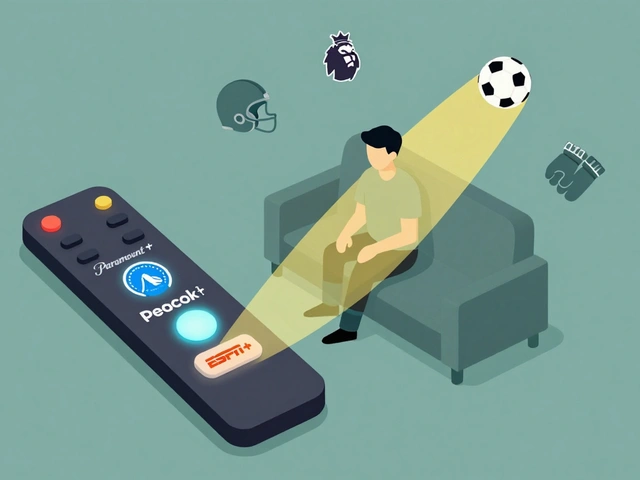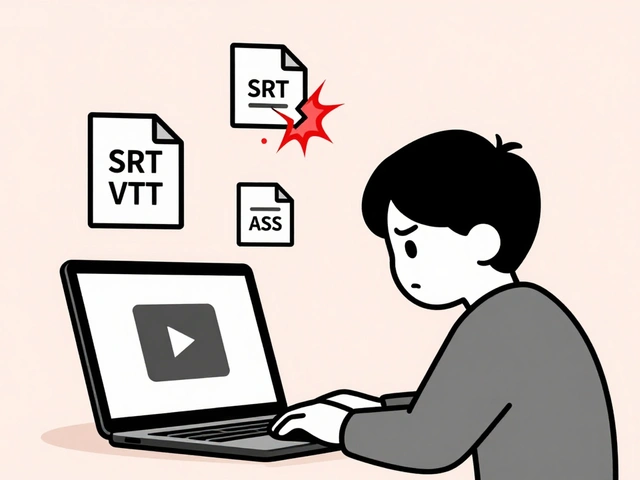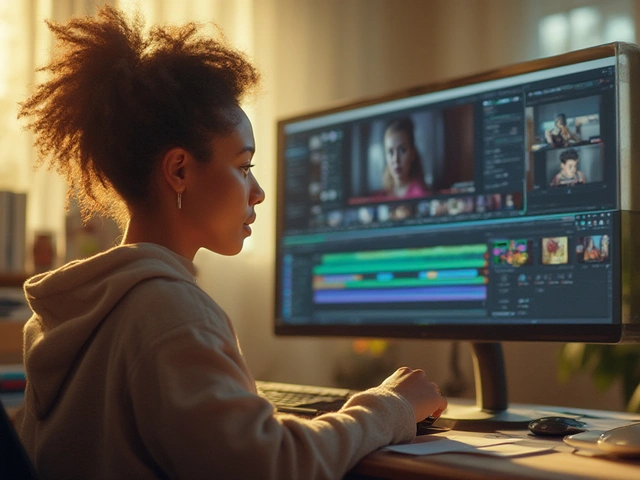Feminist Film Theory: How Women’s Voices Reshaped Cinema
When we talk about feminist film theory, a critical framework that examines how gender, power, and representation shape movies. It’s not just about counting female characters—it’s about asking who controls the camera, whose stories get told, and why certain roles keep repeating across decades. This isn’t theory for classrooms alone. It’s the reason you now see complex female leads in action films, why indie directors are pushing back against male gaze tropes, and how streaming platforms are finally funding stories from women and non-binary creators.
female directors, filmmakers who challenge traditional storytelling by centering women’s experiences like Kathryn Bigelow, Ava DuVernay, and Greta Gerwig didn’t just break into a male-dominated field—they rewrote the rules. Their work shows that representation in film, the presence and authenticity of marginalized identities on screen isn’t just about fairness. It’s about truth. When a film shows a woman as flawed, ambitious, scared, or funny without needing a man to validate her, it’s feminist film theory in action. And it’s not limited to leading roles. It’s in the lighting, the editing, the camera angles—everything that used to serve the male viewer now serves the whole audience.
Look at the films here: Raiders of the Lost Ark gave us Marion Ravenwood, a character who fought back but still got rescued. The Graduate showed a woman as a predatory force, not a person. Fellini’s 8½ turned women into muses, not makers. Feminist film theory asks: What if those roles were flipped? What if the story belonged to the woman behind the camera, not just the one in front of it? That shift is why you now see documentaries like those on Max, or films like Demon Slayer: Infinity Castle with strong female leads in anime—genres once seen as "male-only" spaces.
It’s not about banning old movies. It’s about understanding them—and choosing better ones. The posts below don’t just review films. They show how feminist film theory shows up in everything from box office trends to editing choices. You’ll find how horror festivals spotlight women filmmakers, how streaming algorithms still favor male-driven content, and why some directors use silence or close-ups to reclaim agency. This isn’t academic jargon. It’s the lens that helps you see what’s missing—and what’s finally being built.
18
The Gaze Revisited: How Film Theory Evolved from Mulvey to Intersectional Critique
How film theory evolved from Laura Mulvey’s male gaze to today’s intersectional perspectives, revealing how race, class, and identity reshape who gets to be seen-and how.
Latest Posts
Popular Posts
-
 Data Management: DIT, Backups, and Archival Best Practices for Video Teams
Data Management: DIT, Backups, and Archival Best Practices for Video Teams
-
 How Roommates Can Fairly Share Wi-Fi and Streaming Costs
How Roommates Can Fairly Share Wi-Fi and Streaming Costs
-
 How to Cancel Paramount+: Step-by-Step Guide
How to Cancel Paramount+: Step-by-Step Guide
-
 Best Educational TV Shows for Preschoolers, Elementary Kids, and Tweens
Best Educational TV Shows for Preschoolers, Elementary Kids, and Tweens
-
 Paramount+ with Showtime vs. Peacock Premium vs. ESPN+: Which Sports Add-On Fits Your Viewing Habits?
Paramount+ with Showtime vs. Peacock Premium vs. ESPN+: Which Sports Add-On Fits Your Viewing Habits?



